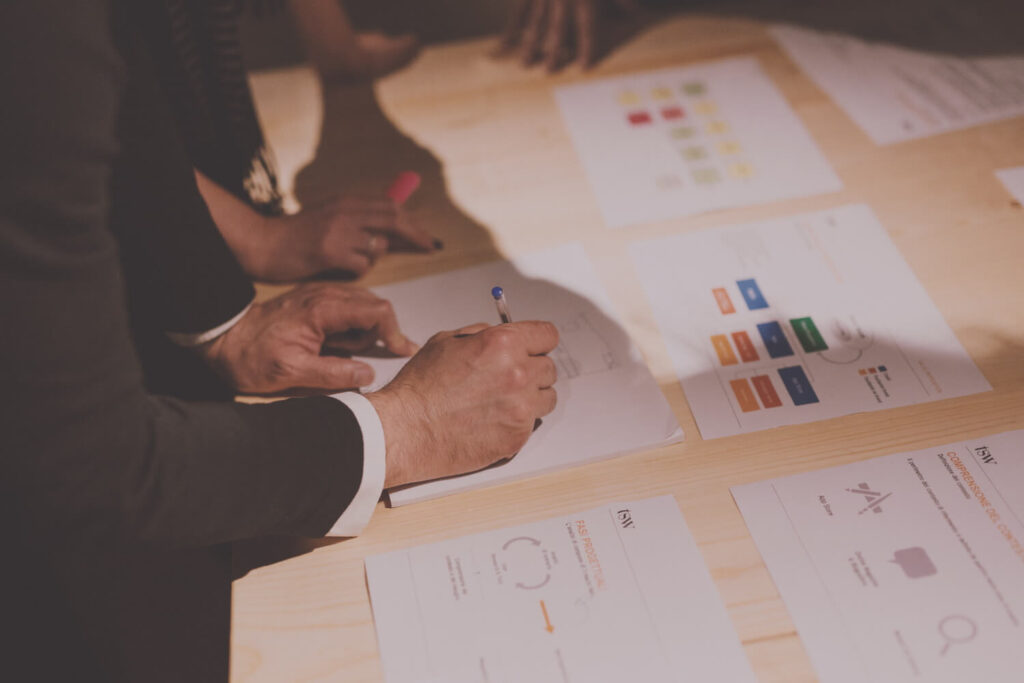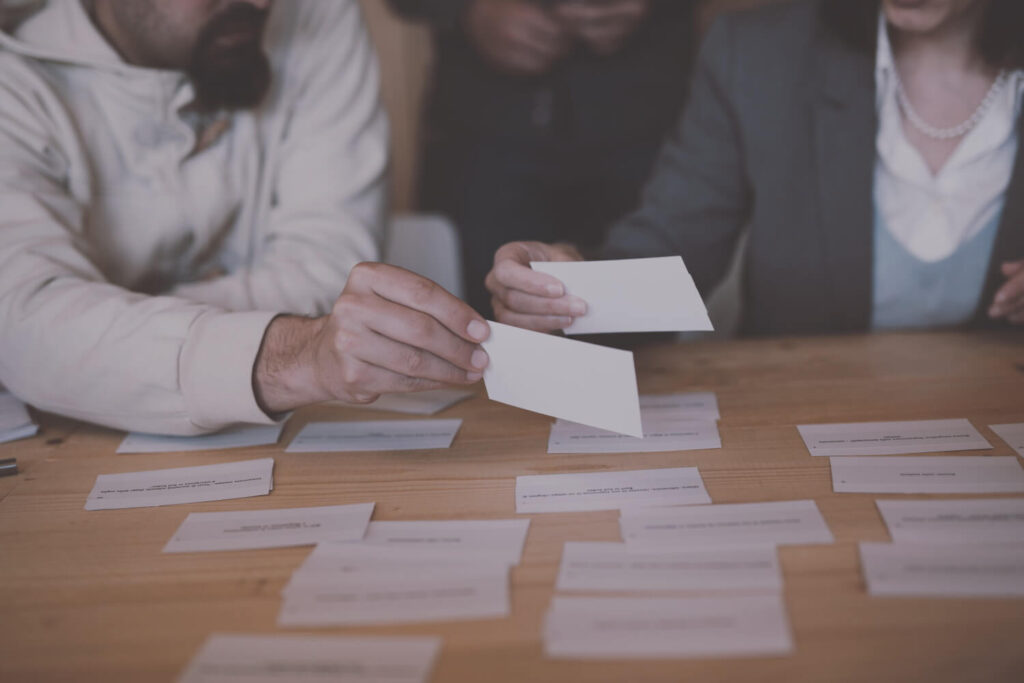When a client comes to us for the first time, they do it expecting to find a solution for a problem. When a client comes back to us the second, third, and fourth time, establishing a relationship with TSW that lasts and strengthens over time, they do it because they have understood that we are the right team for not only understanding how to resolve an ongoing problem, but, above all, we are the team that can prevent future problems from coming up, whether they are linked to products or services, both physical and digital.
We get work done with transparency and no secret recipes. On one hand, we call on the traditional customs of artisan craftsmanship, a work process that directly involves the client in the design process and that takes all their specific needs into careful consideration. On the other hand, we apply scientific methods and expertise through the use of specialized technological instruments and the knowledge of those that operate them. These tools allow us to objectively measure the quality of the experience that is to be lived by the people who interact with our clients.

One company that has understood our approach and that has entrusted us with reaching their ambitious goals, time and time again, is De Longhi. Side by side, we work together to bring their company slogan to life: “Better Everyday”. The starting point is always the same: clients, consumers, people.
Experience Design: The user journey begins when the product doesn’t exist
One of the instruments used during the experience design process is the reconstruction of the user journey, also called “Customer Journey” or “Experience Journey”. This reconstruction thoroughly illustrates each step that a hypothetical client goes through during the experience of interacting with a product or service. All of these steps are then projected along a chronological timeline, creating a customer journey map.
That is, a tool that is, without a doubt, useful, but whose potential often goes unsaid. Why “hypothesize” the client experience when we could go straight to the source and gather real information? Why reconstruct the user experience retrospectively to resolve problems that could have been avoided by directly involving people in the initial design phases?
In fact, the user journey begins when the product is yet to be designed. Just think that an appliance with a highly innovative design, equipped with the most recent technological advancements and supported by the best marketing activities, will never stand up to the impressions of a person who lives a negative experience while using it. This is precisely why it is necessary to invert the design process, starting from people and their needs long before the products or services are created.
Experience design is exactly that, the design of a quality user experience that is of real value for those who will live it.
Understanding needs and motivations to design quality user experiences
The user journey begins by analyzing people’s needs and motivations. Psychology tells us that a “need” is something important that a person is either partially or entirely missing. While it is evident that not all needs are the same, it is equally clear how much needs affect motivation and how much they are linked to certain behaviours.
Despite these presuppositions, unfortunately, the design process enacted by the majority of companies today is still driven by the desire to control consumer motivation, rather than understand it.
Inventing motivation is an extremely complicated process. The intricate nuances of motivational leverage go through unexpected passages that are difficult to explain, and above all, very difficult to predict, making it almost impossible to link them to customer needs.
For example, it is known that a product or service’s level of notoriety has a direct impact on its desirability. To successfully create this desirable type of notoriety, however, it is not enough to merely bombard potential users with advertising.
So, what can be done?
Our experience design, with and for people
Perhaps, it is not necessary to “create a new need in order to incite motivation”. Perhaps, it is more efficient to comprehend a need that is already present and try to satisfy it by asking people what their expectations are and how they imagine a positive experience.
An approach that is a constant challenge and that requires constant dedication, but, at the same time, one that offers the only course of action that allows us to have (and to offer to those who entrust their goals to us) greater assurance.
Satisfying people’s needs means standing at their side in the attempt to better their everyday lives, day after day. It means stepping out of the typical market logic that considers the consumer a target to reach (or hit) and instead work with people to find solutions to their problems, together.
Involving the future product users in the design process, from planning to prototyping, and reconnecting these people with the companies that aim to satisfy their needs is our way of doing experience design.

This is the only way that companies can make a real difference in the daily lives of their clients, by going beyond business objectives. Business goals will come in turn as people habitually repeat things that they enjoy. Both deliberately and unknowingly, people return to where they have lived a quality customer experience.
The commitment of TSW with De Longhi: bettering the everyday lives of people
Listen to and interpret people’s needs, understand how they are changing, what their expectations are, and what they wish was different about that which already exists or that which is yet to be created—this is the commitment that TSW has made with De Longhi. To help De Longhi better the everyday customer experience of the people that choose to interact with their brand, according to their “Better Everyday” philosophy, which we have also made our own.
We have always believed in this approach and we love sharing it with others as we have seen the satisfaction it can bring. From start-ups to centennial companies with decades of experience working with old-fashioned methods, we help companies design a future capable of truly satisfying people and their needs.
Afterall, if we start planning today that which will come to life in a few years’ time, what would you rather the project be built on? On yesterday’s intuitions or on enduring desires?